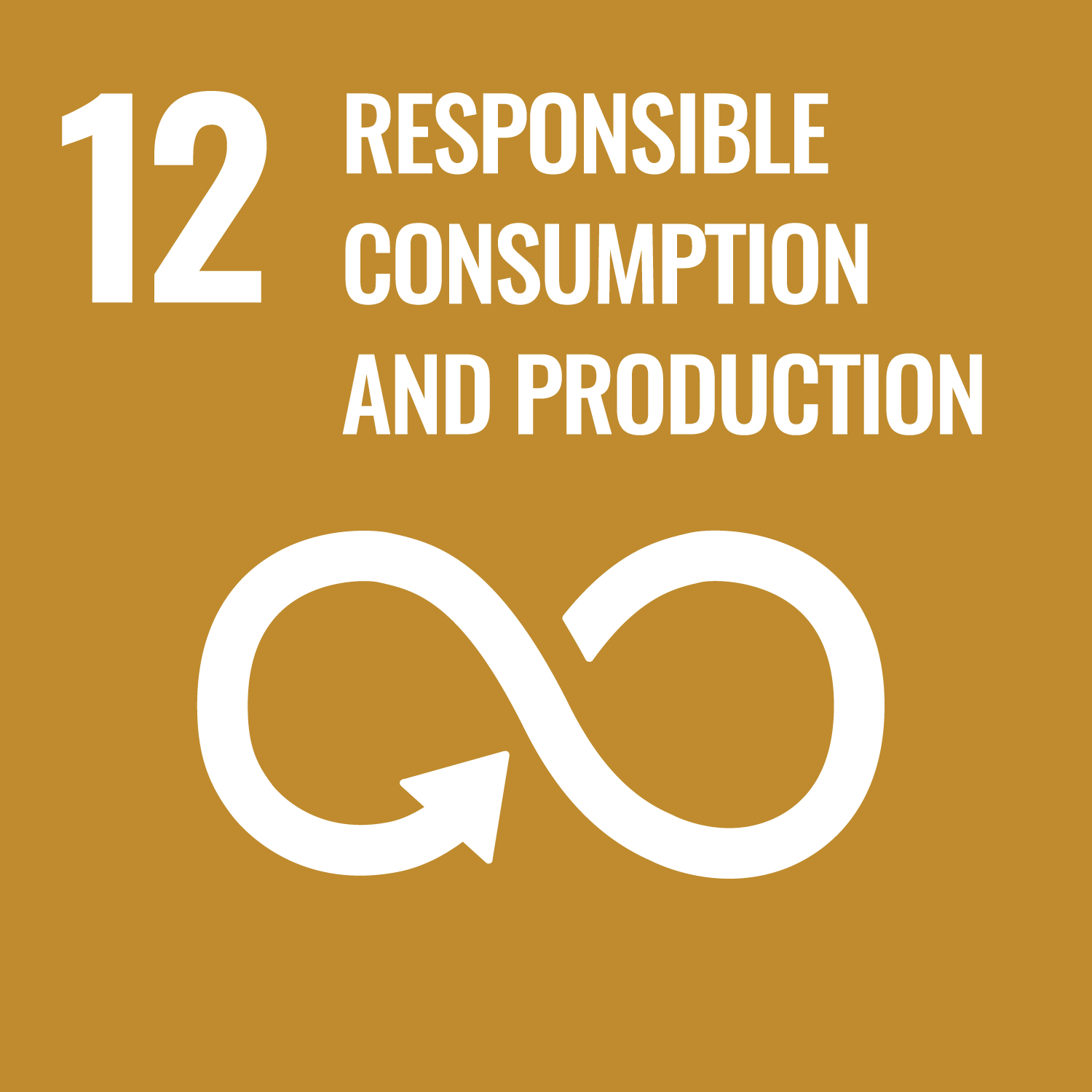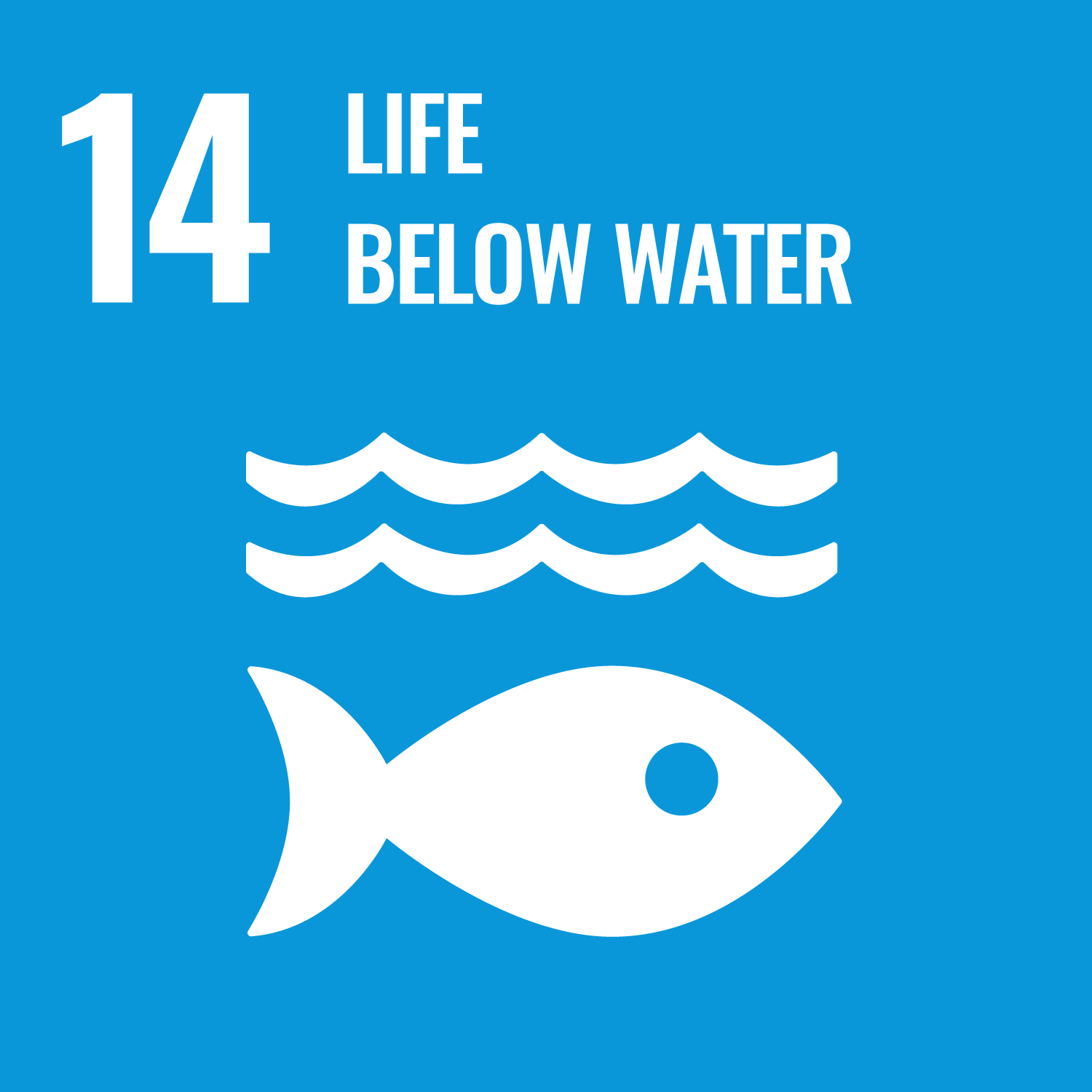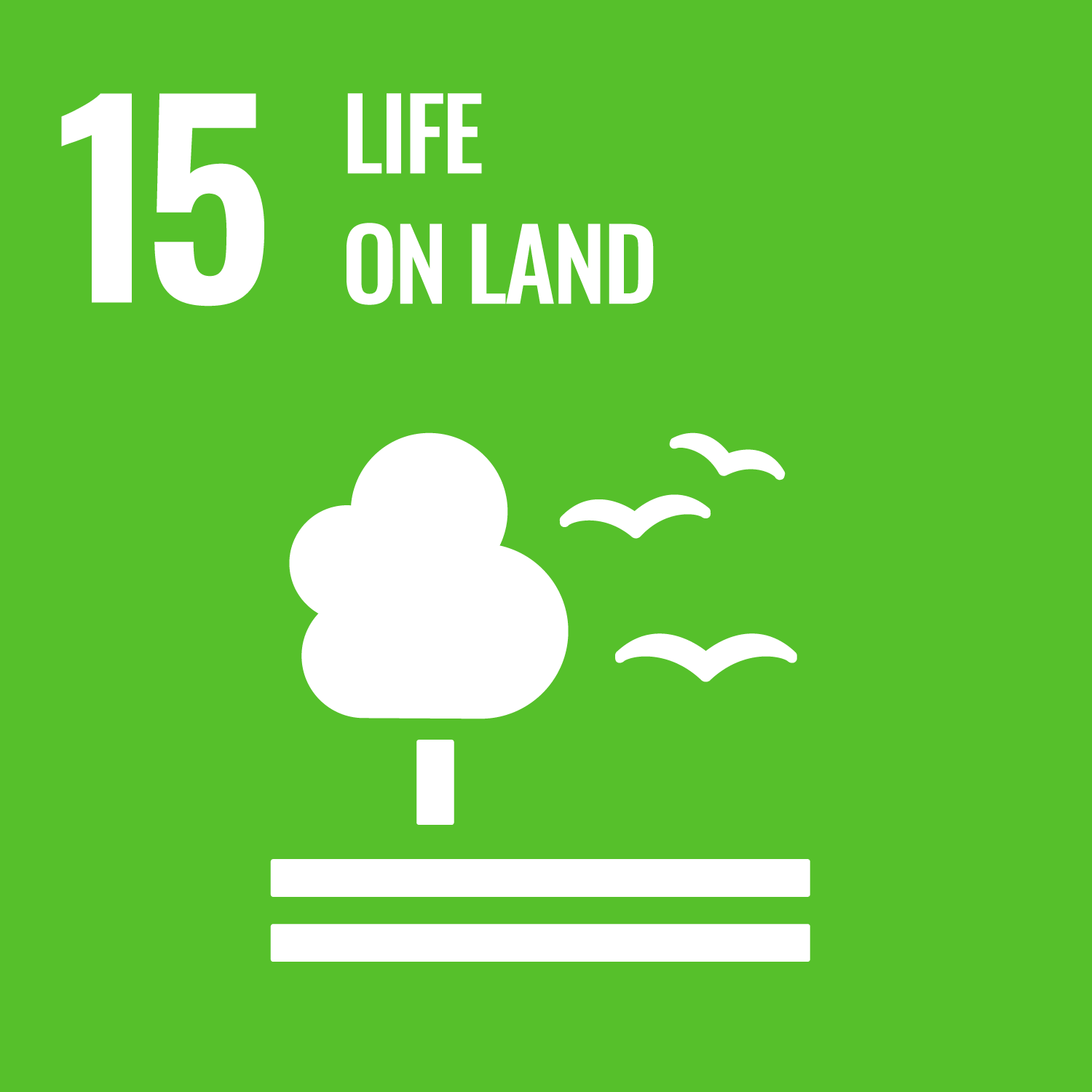SUSTAINABILITY
The SDGs serve as our primary reference framework
and catalyst for our entrepreneurial endeavors.
Sustainabilty
The SDGs serve as our primary reference framework
and catalyst for our entrepreneurial endeavors.
With CeraSleeve®, we align our efforts with the following SDGs and actively contribute to their achievement.
Our technology tackles the poor recyclability of wet-strength and water-resistant papers by incorporating a safe inorganic material innovation. This enables many paper products to become fully circular.
Traditional wet-strength agents and plastic coatings are derived from fossil raw materials. Through the complete avoidance of petrochemical substances, we actively reduce our dependence on them, paving the way for a more sustainable future.
According to the German Umweltbundesamt, the production of recycled paper saves an average of 78% water, 68% energy, and reduces CO2 emissions by 15%, compared to using fresh fibers.
In contrast to conventional wet-strength agents, our technology is completely free from chlorinated by-products (AOX, CPD, MCDP) which are classified as toxic and carcinogenic. As a result the contamination of process and wastewater can be significantly reduced.
While cellulose can be easily biodegraded within a few weeks, conventional wet-strength agents and plastic coatings persist in the environment as microplastics. Paper products coated with CeraSleeve can be safely released into the environment, without leaving any harmful residues.
CONVENTIONAL PAPER RECYCLING
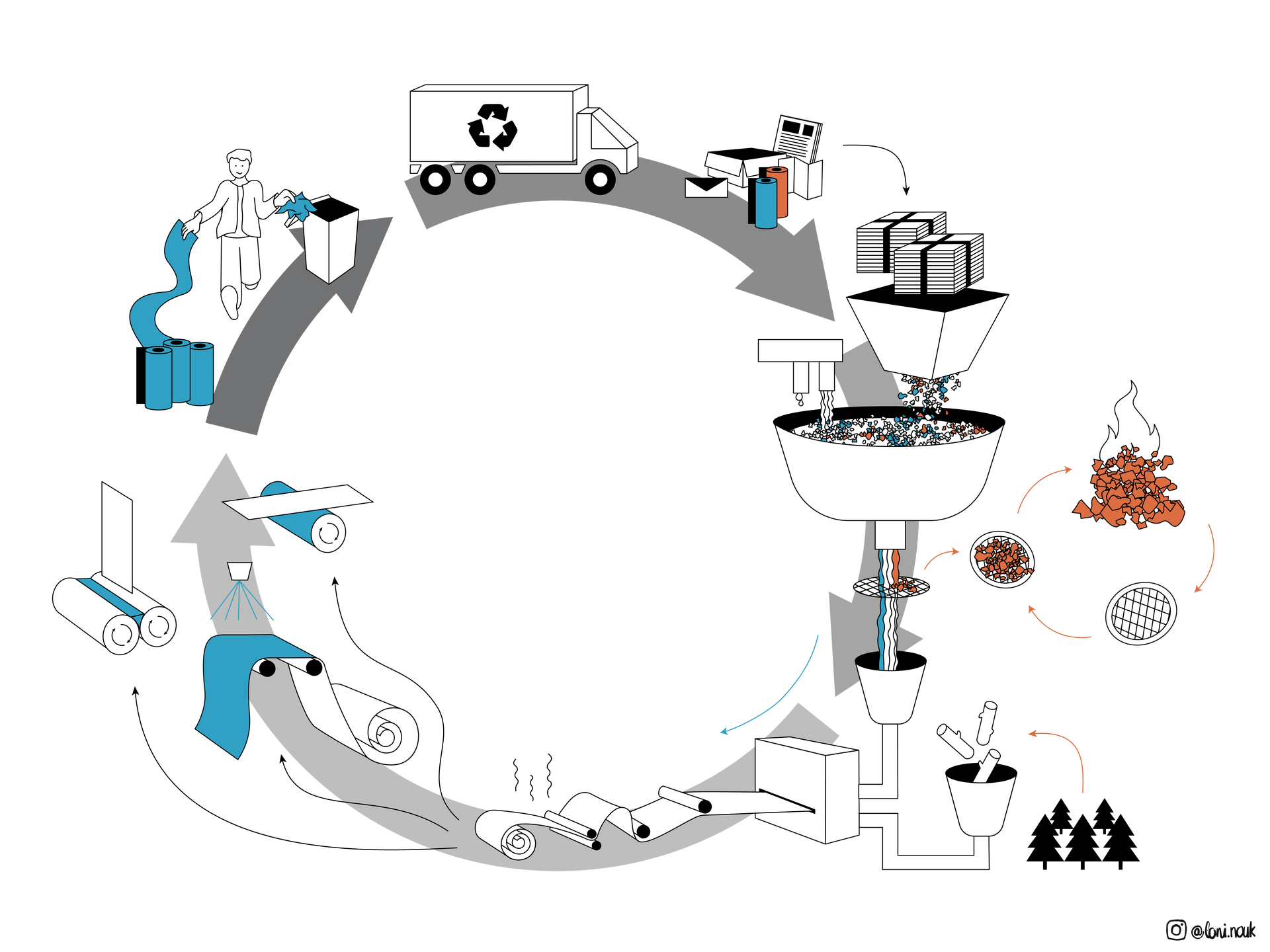
...AND HOW WE IMPROVE IT
1. USE

After use, the paper is thrown away by the end consumer. Wet-strength and water-repellant papers often end up in the waste paper container.
2. COLLECTION
The paper waste is then collected and transported to the recycling plant.
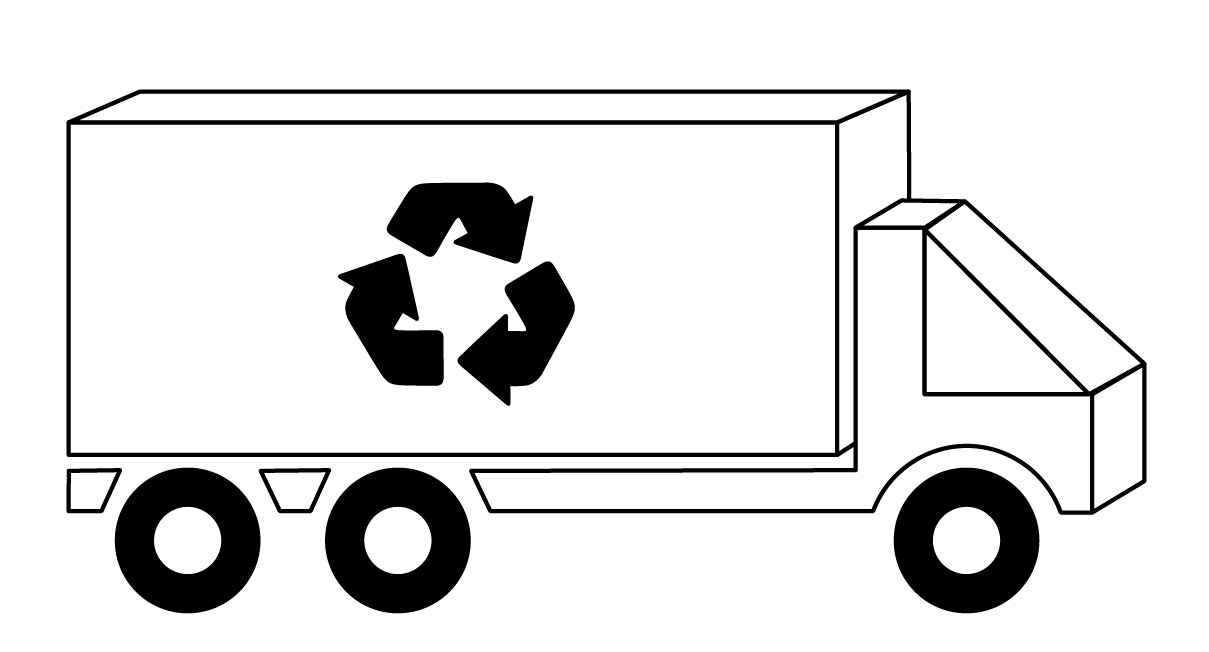
3. SEPARATION
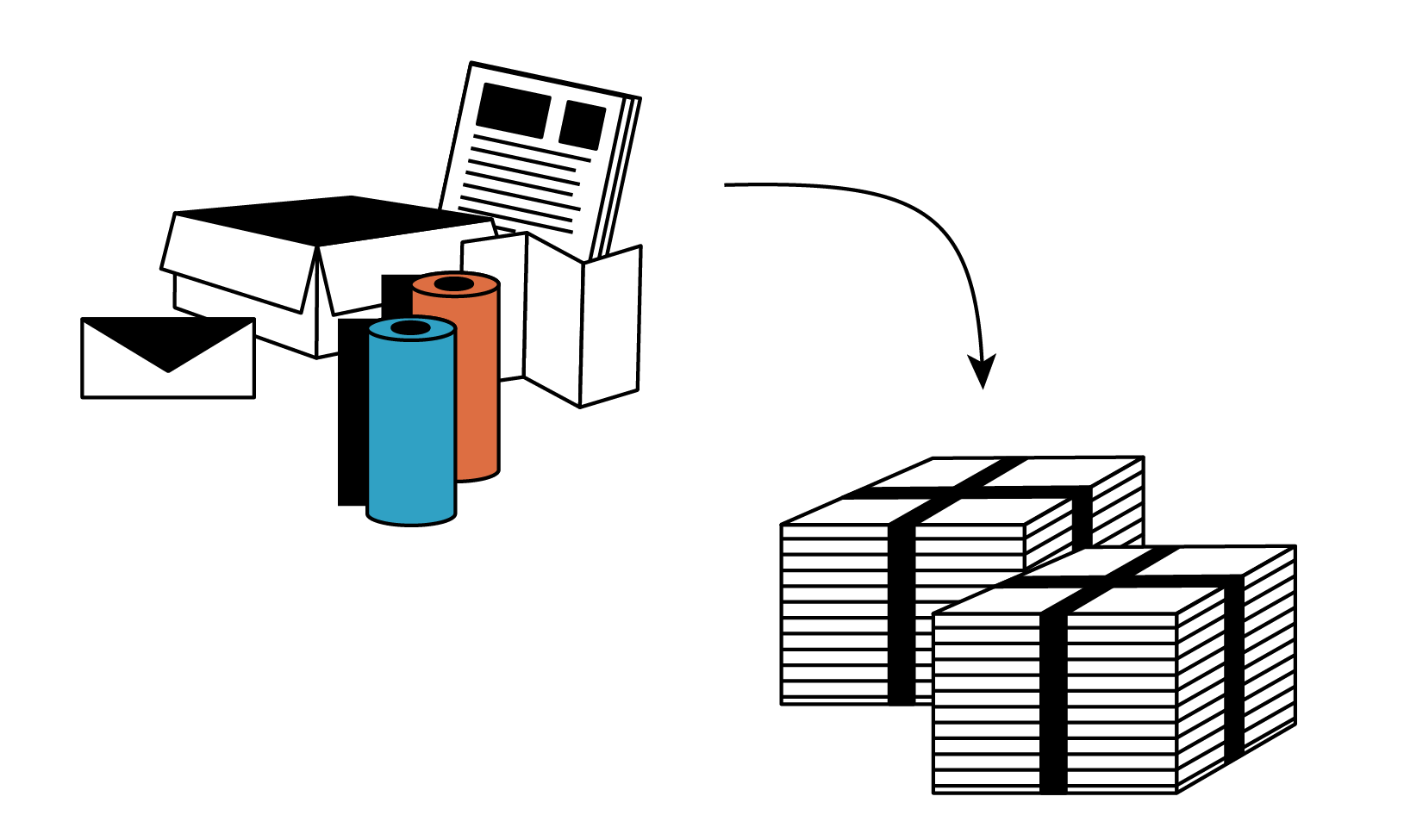
In the recycling plant, the paper is separated in several categories. Wet-strength and water-repellant papers cannot be separated into pure grades and often end up in the same waste stream as waste paper.
4. RECYCLING
During recycling, the paper is first mechanically shredded into small shreds. Water and chemicals are added, and the paper dissolves into its individual fibers: a pulp of paper fibers is formed.
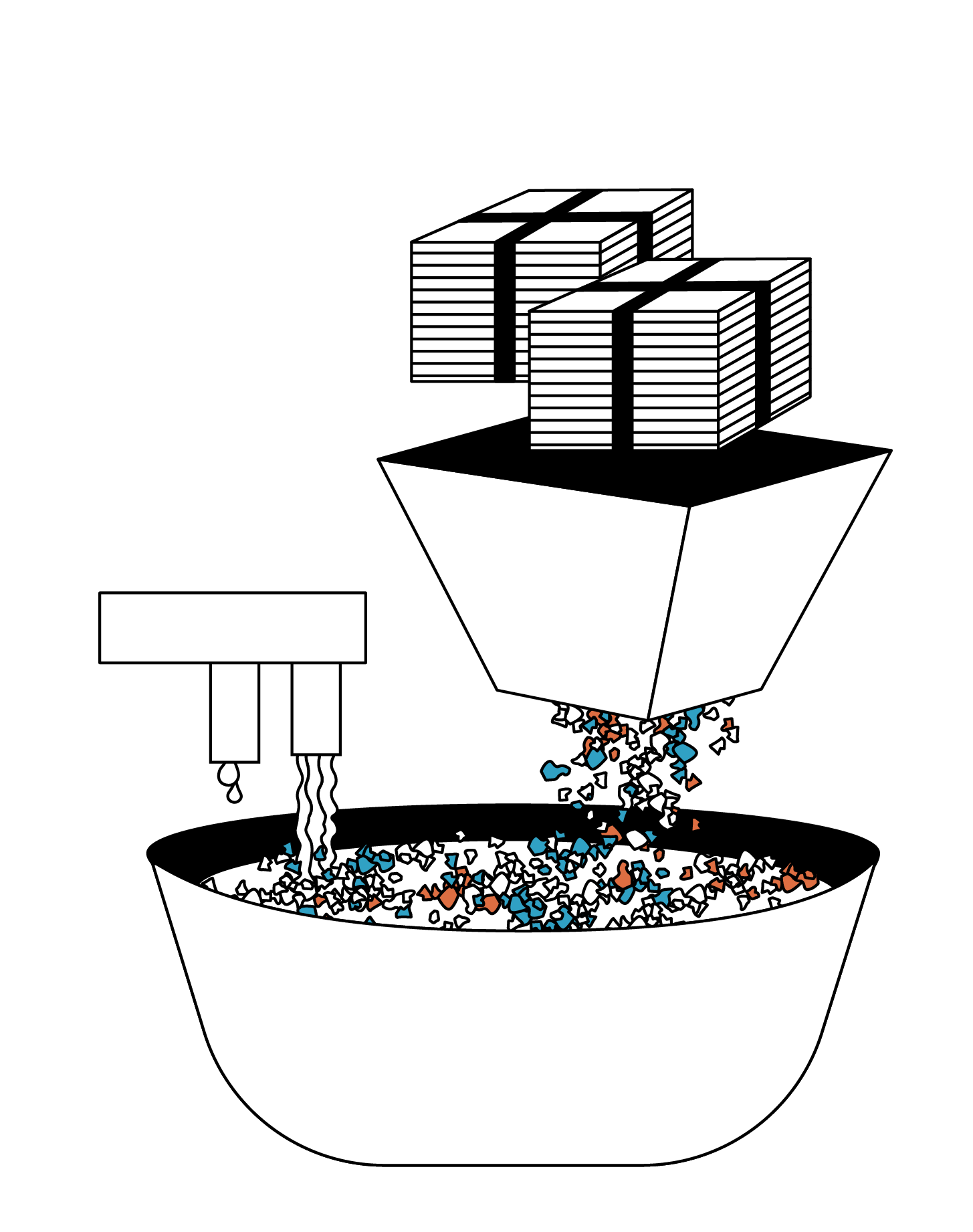
5. PULP SCREENING
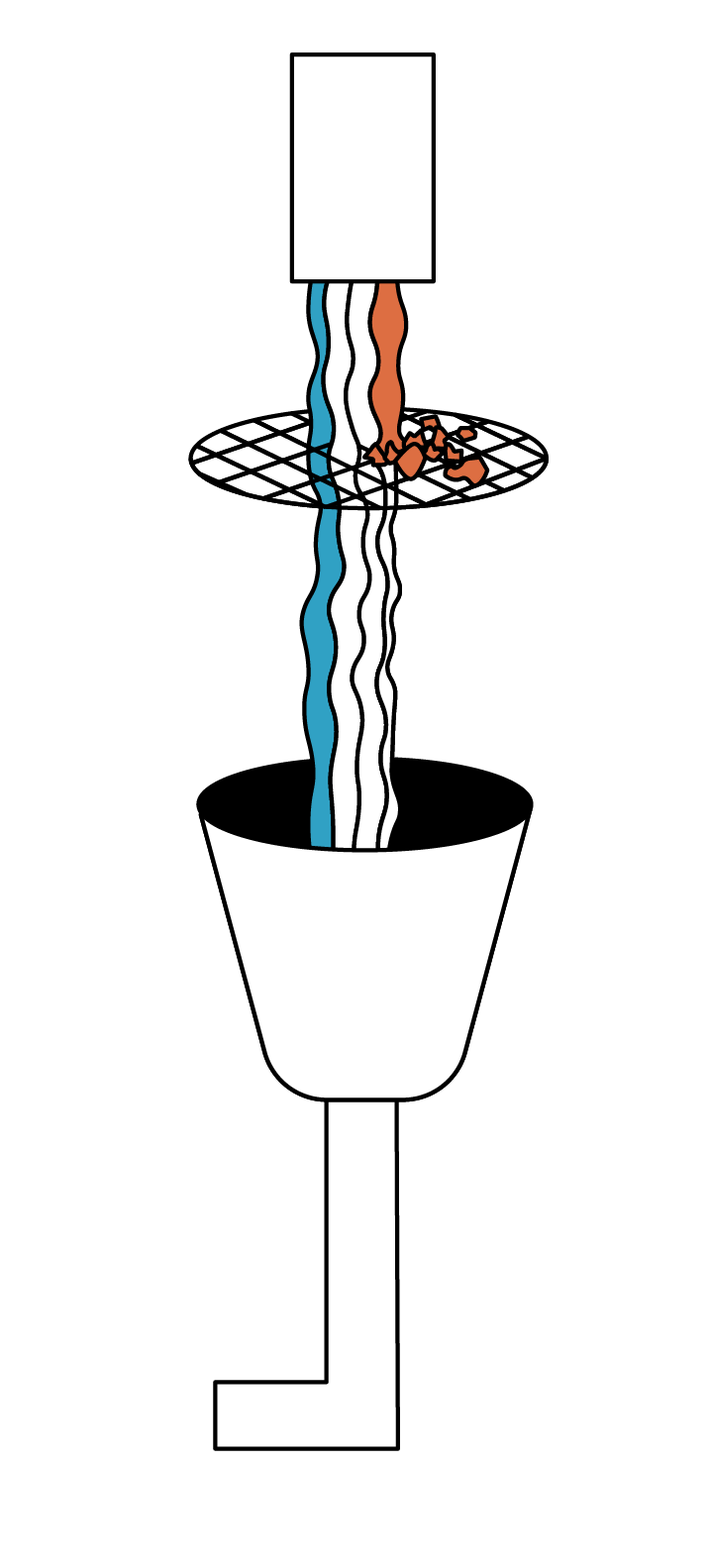
The fiber pulp passes through a filter to remove impurities such as plastics or insoluble coatings.
Conventional wet-strength and water-repellant papers, however, complicate the recycling process because they clog the filter.
Clogged filter
Non-soluble polymers in the recycling pulp clog the filter.
This waste is
either deposited or burned.
More waste
More CO2
Loss of paper yield
Financial loss
The waste paper pulp passes through the filters without leaving any sticky residues. This way, the paper fibers are fully recovered.
Soluable coating materials such as CeraSleeve® are recommended by 4evergreen alliance, CPI (Confederation of Paper Industries), FEFCO Corrugated Packaging and CEPI. CeraSleeve coated papers are 100% recyclable according to CEPI standard.
Clean filter

6. PAPER MAKING
The waste paper pulp is now combined with fresh wood fibers to produce new paper.
The pulp is pressed and dried to remove water and produce a sheet of paper.

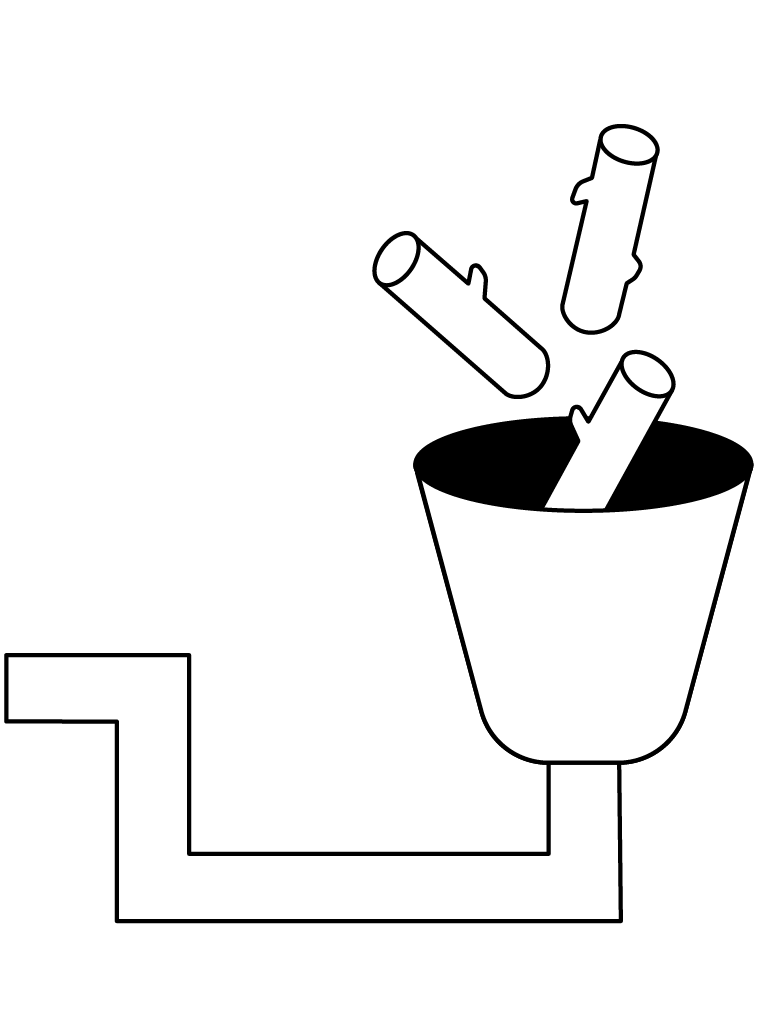
7. FUNCTIONALISATION
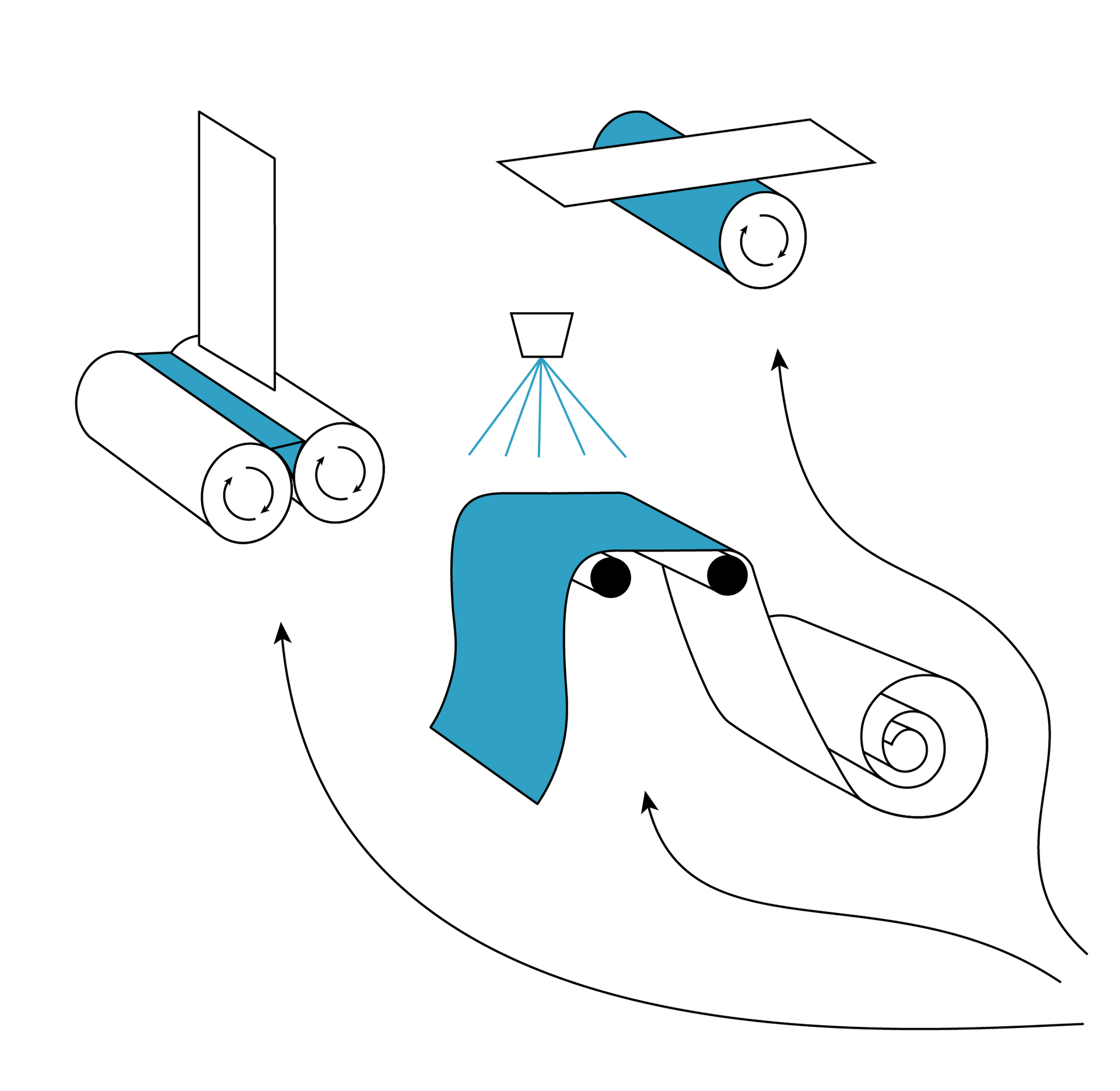
After the paper manufacturing process, the paper is functionalized to enhance certain properties (e.g. wet-strength or water repellent). CeraSleeve® can be applied using all relevant industrial application methods.
* Note on the Representation of the Paper Cycle
Our graphic of the paper cycle is deliberately simplified to make the complex process of paper production and recycling easier to understand.

SUSTAINABLE PAPER ADDITIVES
All Rights Reserved | CeraSleeve





